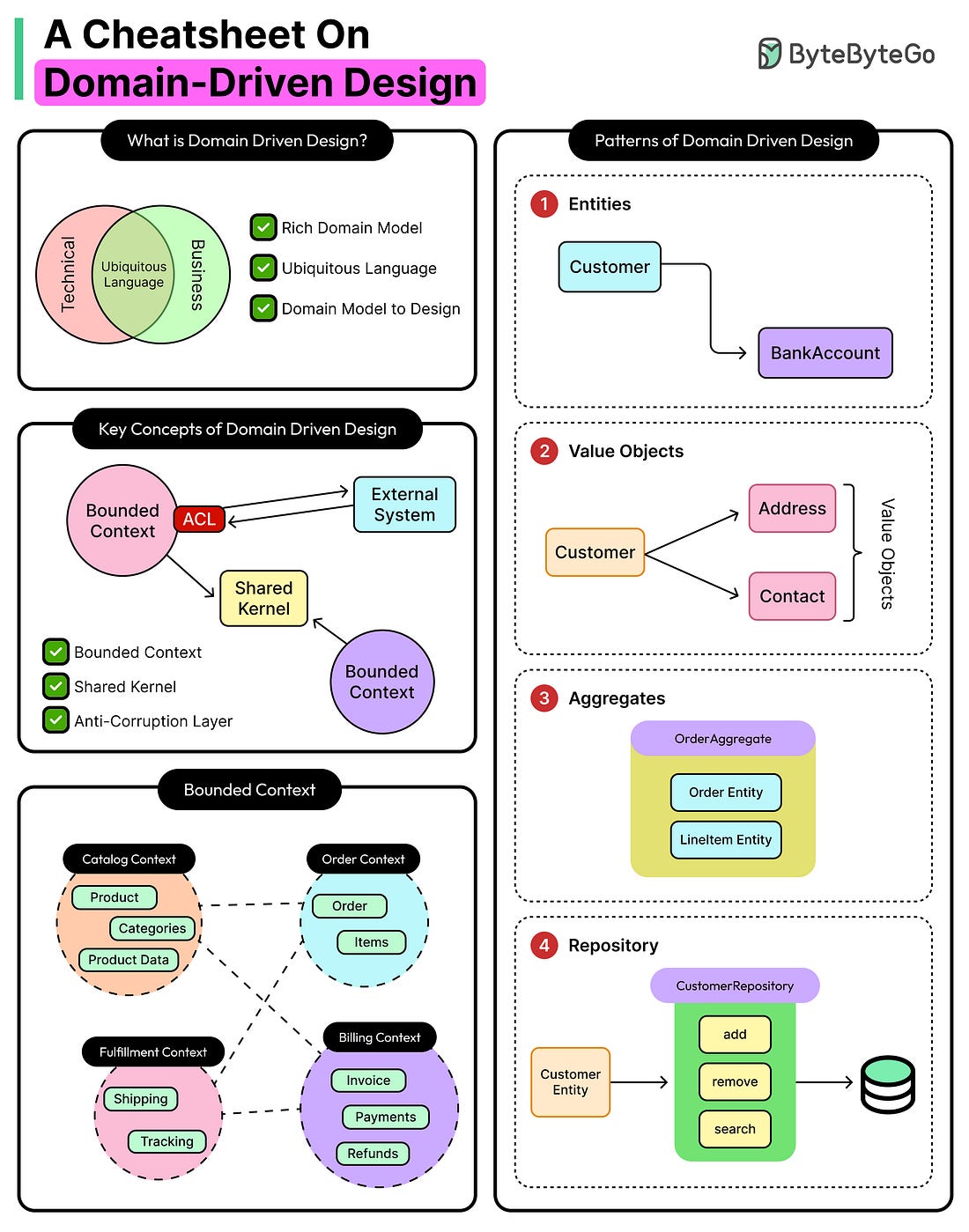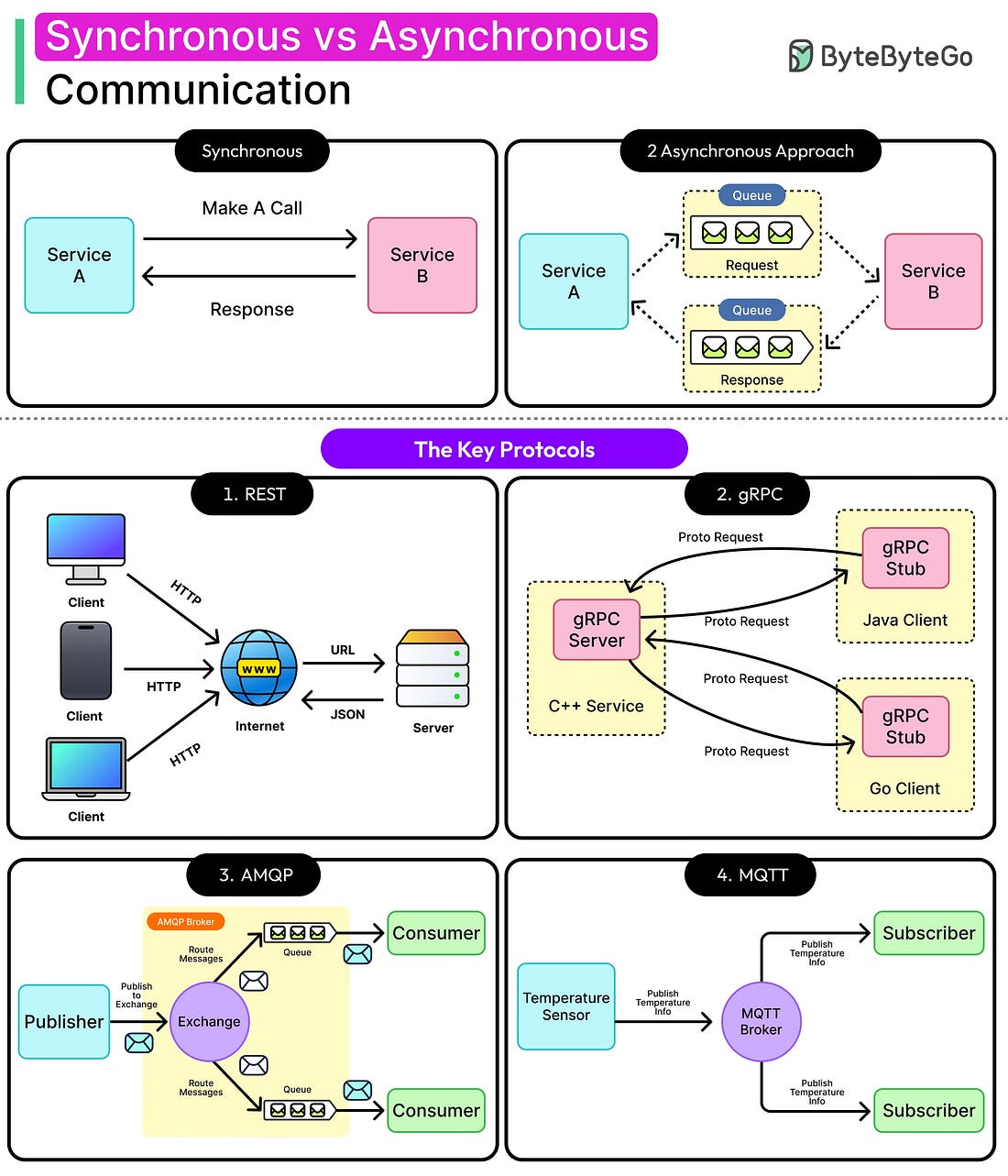- Mailing Lists
- in
- Synchronous vs Asynchronous Communication: When to Use What?
Archives
- By thread 5234
-
By date
- June 2021 10
- July 2021 6
- August 2021 20
- September 2021 21
- October 2021 48
- November 2021 40
- December 2021 23
- January 2022 46
- February 2022 80
- March 2022 109
- April 2022 100
- May 2022 97
- June 2022 105
- July 2022 82
- August 2022 95
- September 2022 103
- October 2022 117
- November 2022 115
- December 2022 102
- January 2023 88
- February 2023 90
- March 2023 116
- April 2023 97
- May 2023 159
- June 2023 145
- July 2023 120
- August 2023 90
- September 2023 102
- October 2023 106
- November 2023 100
- December 2023 74
- January 2024 75
- February 2024 75
- March 2024 78
- April 2024 74
- May 2024 108
- June 2024 98
- July 2024 116
- August 2024 134
- September 2024 130
- October 2024 141
- November 2024 171
- December 2024 115
- January 2025 216
- February 2025 140
- March 2025 220
- April 2025 233
- May 2025 239
- June 2025 303
- July 2025 46
Synchronous vs Asynchronous Communication: When to Use What?
Synchronous vs Asynchronous Communication: When to Use What?
Latest articlesIf you’re not a subscriber, here’s what you missed this month.
To receive all the full articles and support ByteByteGo, consider subscribing: A system's usefulness depends heavily on its ability to communicate with other systems. That’s true whether it’s a pair of microservices exchanging user data, a mobile app fetching catalog details, or a distributed pipeline pushing events through a queue. At some point, every system has to make a call: Should this interaction happen synchronously or asynchronously? That question surfaces everywhere: sometimes explicitly in design documents, sometimes buried in architectural decisions that later appear as latency issues, cascading failures, or observability blind spots. It affects how APIs are designed, how systems scale, and how gracefully they degrade when things break. Synchronous communication feels familiar. One service calls another, waits for a response, and moves on. It’s clean, predictable, and easy to trace. However, when the service being called slows down or fails, then everything that depends on it also gets impacted. Asynchronous communication decouples these dependencies. A message is published, a job is queued, or an event is fired, and the sender moves on. It trades immediacy for flexibility. The system becomes more elastic, but harder to debug, reason about, and control. Neither approach is objectively better. They serve different needs, and choosing between them (or deciding how to combine them) is a matter of understanding different trade-offs:
In this article, we’ll take a detailed look at synchronous and asynchronous communication, along with their trade-offs. We will also explore some popular communication protocols that make synchronous or asynchronous communication possible. Understanding the Basics... Continue reading this post for free in the Substack app© 2025 ByteByteGo |
by "ByteByteGo" <bytebytego@substack.com> - 11:36 - 1 May 2025

